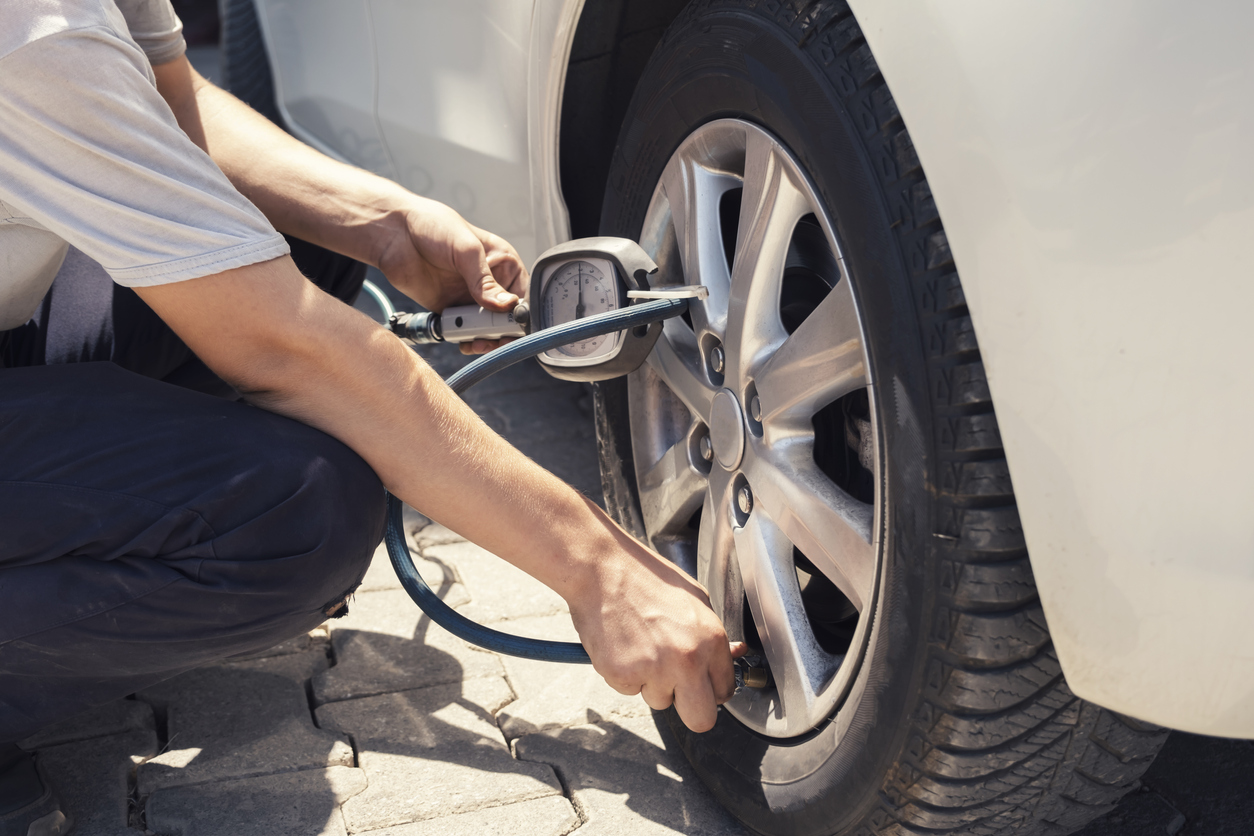
Colder weather can affect your tire pressure if you do not prepare sufficiently to handle it. Regular vehicle maintenance is essential for driving safety, significantly as the weather changes. For example, as the seasons turn colder, you’ll notice a difference in your tire pressure. Since tire pressure can impact control over your vehicle, it’s crucial to address this issue immediately.
Your Tire Pressure: What You Need to Know
To help you out, here’s everything you should know about measuring tire pressure, how optimal pressure benefits you, and what role auto insurance plays in replacing tires.
Auto Insurance Doesn’t Typically Cover Tires
Auto coverage usually doesn’t replace tires rendered unusable through normal wear and tear. For example, your policy won’t cover replacement if you drive over a nail. However, many manufacturers and distributors offer warranties that do cover these issues. As long as your tires fall within the time limit, you may be able to replace them at no additional cost. It’s important to note that the best car insurance covers tire damage under specific circumstances. For example, the most comprehensive collision policies cover the following:
- Vandalism
- Storm damage
- Accident damage
Tire Pressure Affects the Driving Experience
Over- or under-inflated tires can impact your control over your vehicle, but they can also cause problems with fuel efficiency. Suboptimal air pressure can also cause premature wear, forcing you to purchase new tires sooner. Additionally, your vehicle may bounce more with inadequate tire pressure, making rides more uncomfortable than necessary.
Temperature Fluctuations Impact Tire Pressure
Air contains many different gases; when temperatures fluctuate, the molecules of these gases behave differently. For instance, when it’s cold, the molecules don’t move as much, causing the air to take up less space and yield a lower PSI. When it’s hot, the molecules move more, causing the air to take up more space and generate a higher PSI. As a result, it’s essential to check your tires if you’ve experienced a temperature change of 10 degrees or more.
You Can Check Your Tire Pressure at Home
There are plenty of tools available for do-it-yourself pressure measuring:
- Stick gauge
- Dial gauge
- Digital gauge
All work on the same principle; the main differences are the readout, which is a matter of personal preference. To measure your tire pressure, remove the cap on the air valve and press the gauge onto the stem. Air will pass from the tire through the gauge, allowing it to generate a PSI. Compare this number to the recommended PSI for your specific tires.
Auto Insurance Roadside Assistance Can Be a Lifesaver
Some auto insurance providers offer roadside assistance add-ons for an additional fee. Getting roadside assistance can be a lifesaver, especially if you frequently travel, as it provides towing and ride services. Roadside assistance also offers tire changing, an essential service if you don’t know how to change a tire yourself.
About Provident Protection Plus
For more than 65 years, Provident Protection Plus has served the businesses and residents across several states nationwide. Today, we are a wholly-owned subsidiary of Provident Bank, the region’s premier banking institution. To learn more about our coverage options, contact our specialists today at (888) 990-0526.



